Organizing Mistakes: 27 Slip-Ups to Avoid During Your Next Project
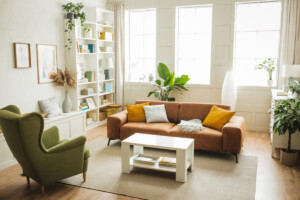
Organizing is difficult and can be a stressful, time-consuming project. It’s also an essential skill that can increase your physical and emotional health. Chances are, though, that during an organizing project, you made a few mistakes. Mistakes can be anything, such as misjudging the amount of storage space you need, overlooking important details, or implementing systems that don’t work optimally for your home’s needs. While it’s natural to feel disappointed or frustrated when mistakes occur, it’s important to recognize them as valuable learning opportunities rather than failures.
So, whether you live in a house in Brentwood, CA, or a Greenville, SC, apartment, these expert-backed tips are sure to make your life easier. Read on for 27 organizing mistakes to avoid during your next decluttering project.
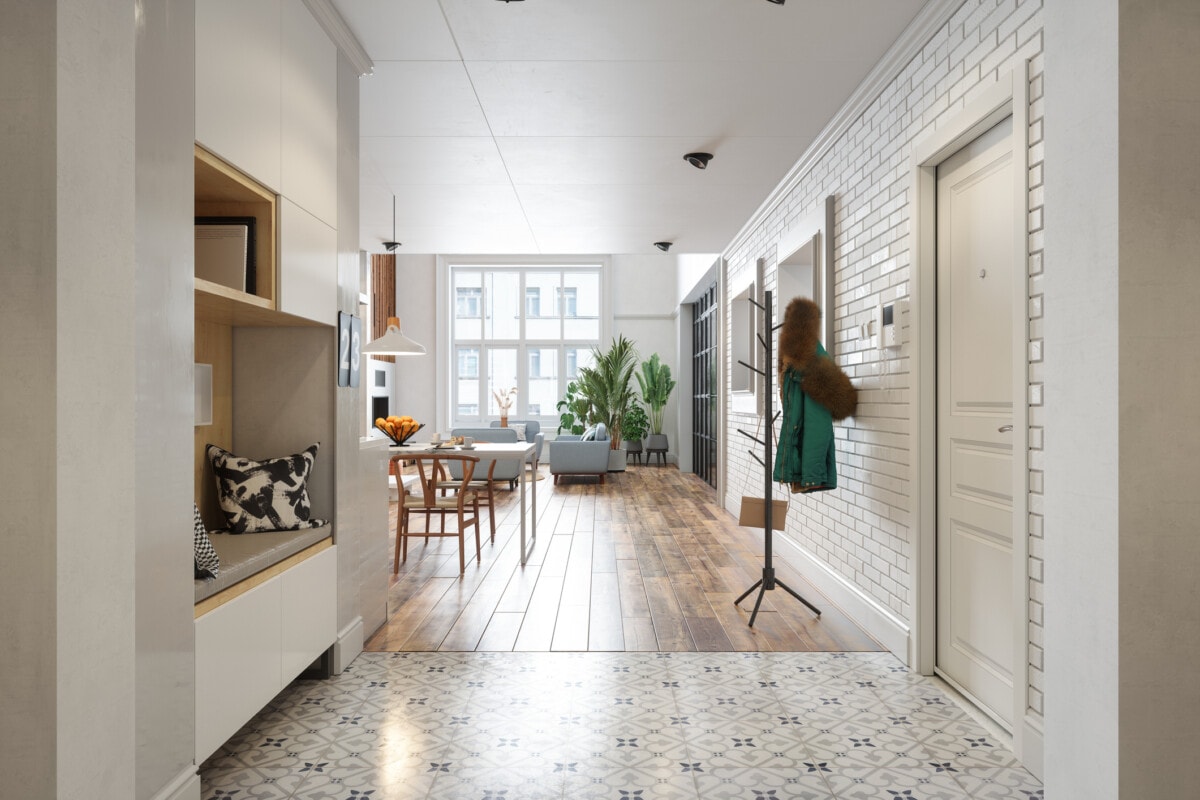
1. Overcomplicating
A common home organizing mistake is overcomplicating a project. “This could be a filing system with hundreds of folders for every individual bill, a mudroom with dozens of tiny shoe cubbies, or a drawer with too many compartments,” says Kate Bosch, owner of Kate Bosch Professional Organizing. “The simpler you can make your organizing system, the easier it will be to maintain.”
Kathy Boyd, owner of Declutterfly Professional Organizer, also believes in simplifying projects. “To avoid over complication, work in one room at a time and start with a small space such as a junk drawer, dresser, or closet shelf,” she says. “Then, set a timer and work for 15 to 30 minutes, so you don’t get stressed or overwhelmed. When the timer goes off, quit for the day and start again tomorrow.”
Another way to reduce feeling overwhelmed is removing excess furniture from the space you’re organizing. “Additionally, magazine racks and newspaper holders are often clutter collectors,” says Ben Soreff, owner of House to Home Organizing.
2. Getting overwhelmed by the size of the project
People are often reluctant to start a home organizing project because they’re worried it will take a huge amount of time. However, Sharon Lowenheim, Certified Professional Organizer and owner of Organizing Goddess, suggests breaking your project up into small daily pieces. “Every night after dinner, set your kitchen timer for 15 minutes and pick one small spot to clean out or organize,” she suggests. “Stop when the timer goes off, or if you feel energized, do another 15 minutes before stopping for the evening.”
It’s also important to set an end date for your project. “Don’t leave your organizing project open-ended,” advises Jonda Beattie, owner of Time Space Organization. “Once you have an end date, break the project down into small doable steps with a “do” date while allowing some wiggle room.”
3. Tackling multiple projects at once
Many people fall into the trap of zigzag organizing, meaning they skip around between multiple projects simultaneously. Caroline Guntur, owner of The Swedish Organizer, shares a common example. “Let’s say you want to organize your kitchen but find some items that belong in the dining room, so you decide to put those in place,” she says. “In the dining room, you realize you need more storage space, so you decide to move some things to the garage, and all of a sudden, you’re tackling three projects simultaneously.”
Jolin Palasak, owner and founder of Sage Organization & Design, suggests organizing one room at a time and keeping it simple. “Then, as you move throughout your room, gather similar items into categories,” she says. “Collecting the entirety of one category into one place will help you understand what you have and can get rid of.”
For example, instead of trying to organize the whole basement, select a category within the basement, like hardware or sports equipment, and tackle each category at a time. “This approach helps keep you calm and makes it easier to get through a larger scale project successfully,” says Heidi Solomon, owner of Posh Boston.
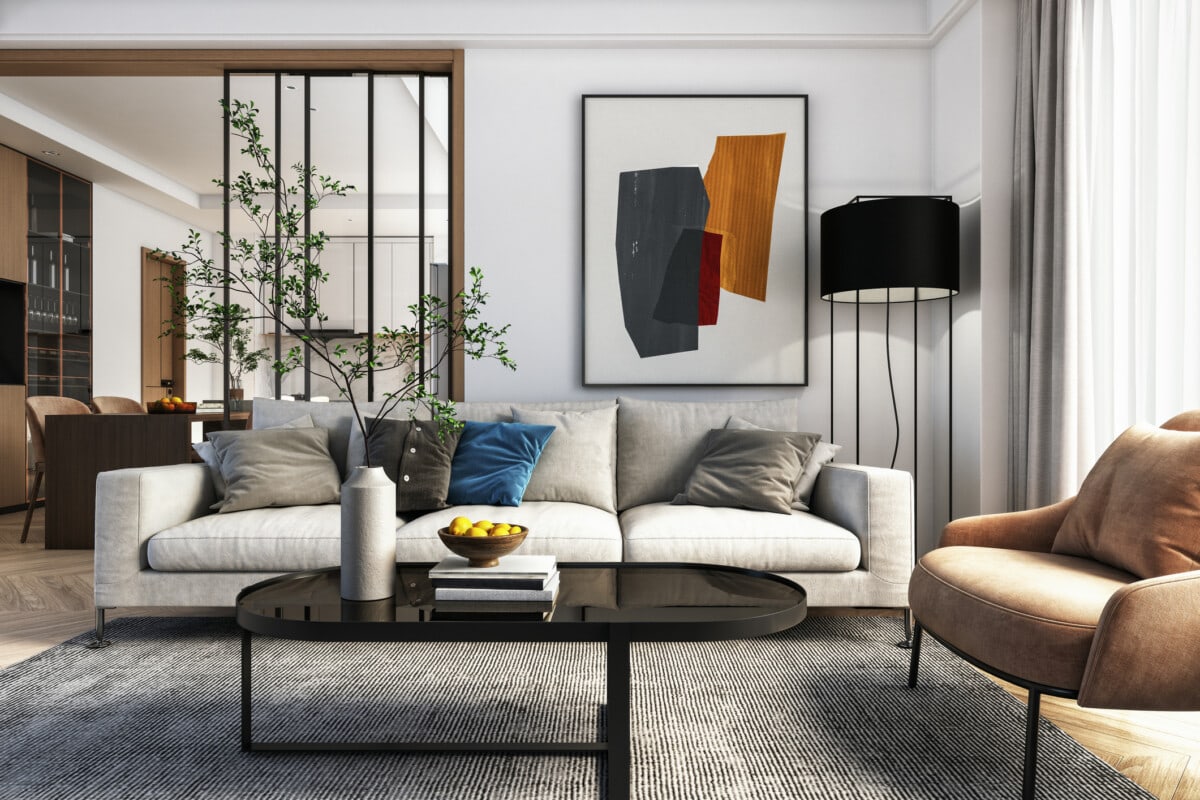
4. Failing to break a project into small pieces
People like to do everything at once, especially during decluttering projects. “This almost always ends in disaster,” says Tracey Shadley, owner of Organize A-Z. “Instead, break down your large projects into smaller tasks,” she suggests. “Getting organized doesn’t have to be stressful.”
A similar mistake is forgetting to limit the items you organize in a session. Whether it’s clothes, toys, or kitchen utensils, limit the number of items you organize to avoid feeling stressed and frustrated,” notes Liz Halvorsen, owner of Mess to Bliss. “By editing belongings, you can develop a clearer sense of what you value and make decisions more efficiently.”
5. Neglecting categories
Categorizing is key. Unfortunately, many people forget to do it. “To categorize effectively, start by identifying broad categories that make sense for your belongings, such as clothing, kitchenware, or electronics,” advises Monica Costa, Editor for London Mums Magazine. “Next, take the time to sort through each one and create subcategories based on similarities or frequency of use,” she says. “By categorizing your belongings, you’ll create a systematic and efficient organization system that saves you time and reduces clutter.”
6. Decluttering at random
A common home decluttering misstep is to randomly choose items to declutter. To help, “start by gathering all the items together that are in one category, such as clothes, office supplies, or books,” suggests Certified Professional Organizer Ellen Delap, owner of Professional-Organizer. “Once you see a category as a whole, it’s easier to know what to let go of and what to keep.”
One way to help this is to put your decluttering plan on paper before starting. “This might include asking your family who uses an item the most and where they use it,” notes Elaine Fernando, founder and CEO of Organized Transitions LLC. “Once you consider your home’s needs, your project will become much easier.”
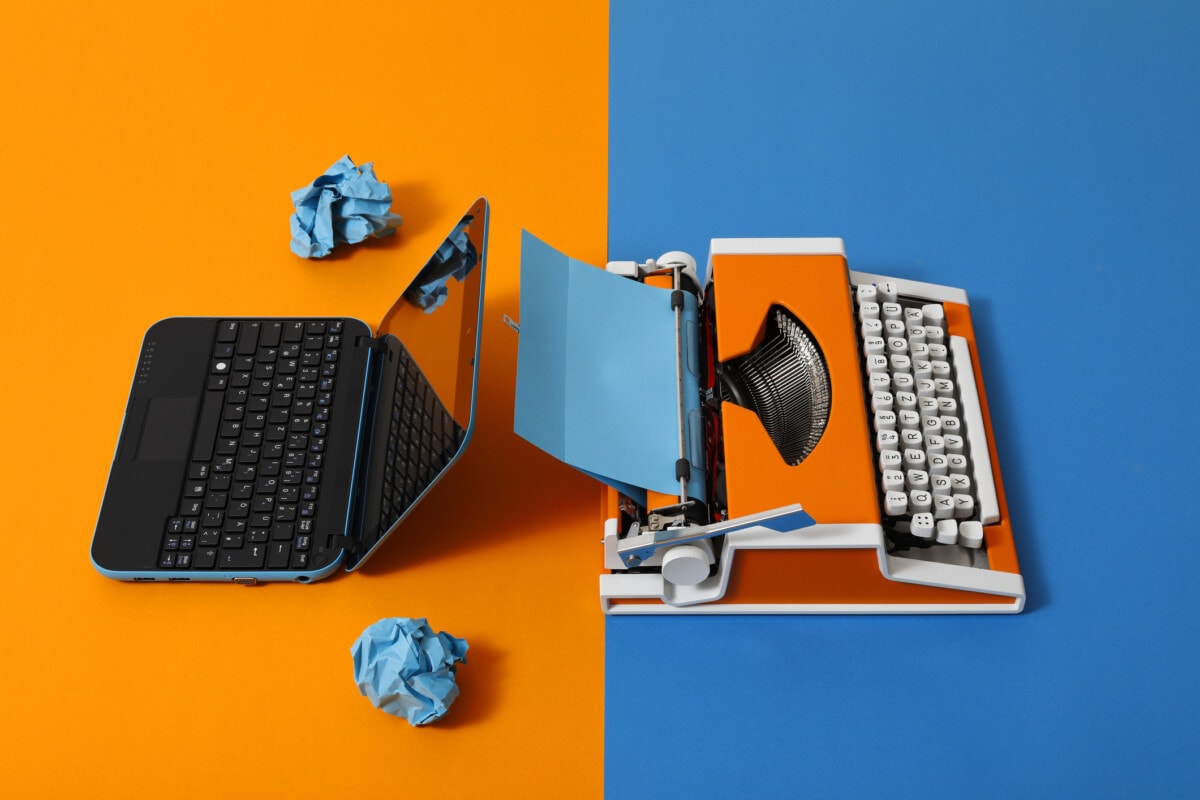
7. Forgetting to digitize
Another frequent oversight is neglecting to digitize your photos, film, and other physical items. “By scanning and uploading these to the cloud, you can free up space and clear out tons of cabinets,” says Mitch Goldstone, President & CEO of ScanMyPhotos.com. A photo archival service like ScanMyPhotos.com takes care of all the work and acts as a magical digital time machine, ensuring the preservation of precious memories.”
8. Buying materials before decluttering
People often make the mistake of thinking they can shop their way to organization. “A common mistake I see is homeowners rushing out to a store and loading up on containers before they understand what they are storing and how much room everything will need,” says professional organizer and author Andrew Mellen. “Instead, the best way to shop for materials is to do it after sorting and decluttering your items.”.
Stephanie Deininger, founder of The Organized Flamingo, also believes that people should purchase items after decluttering. “Pretty bins and boxes are meant to house already decluttered items, not to hide items to never look at them again,” she notes. “When you combine functionality with aesthetics, the bin or box becomes a useful organizational tool that also adds visual appeal.”
“Start every project with a decluttering session,” implores Maria Baer, founder of The Baer Minimalist. “Once you’re done, then you can measure and select a product that works for the items staying in the home.”
Regina Lark, Ph.D. and owner of A Clear Path, agrees. “Everyone is attracted to pretty baskets and bins to organize our belongings, but it’s time to put decluttering before organizing,” she implores. “Only purchase supplies after you declutter a room to keep everything tidy and neat.”
Think of it like buying an outfit for a special occasion: if you find something that looks great but isn’t in your size, don’t buy it, insisting you’ll fit into it one day. “Declutter first, categorize what’s left, then measure how much you need to contain and identify where those containers need to fit,” advises Julie Bestry, Certified Professional Organizer and owner of Best Results Organizing.
9. Not taking your space into account
A common organizing mistake is using products that don’t function well or aren’t the right fit for a space. “We love when people try to create systems, but a lot of times, they don’t work in their space,” notes Katie Savage, owner of Blue Pencil Home. “For example, we often see people use expandable silverware drawer organizers,” she says. “The system seems like it should work, but oftentimes you actually lose space using them.”
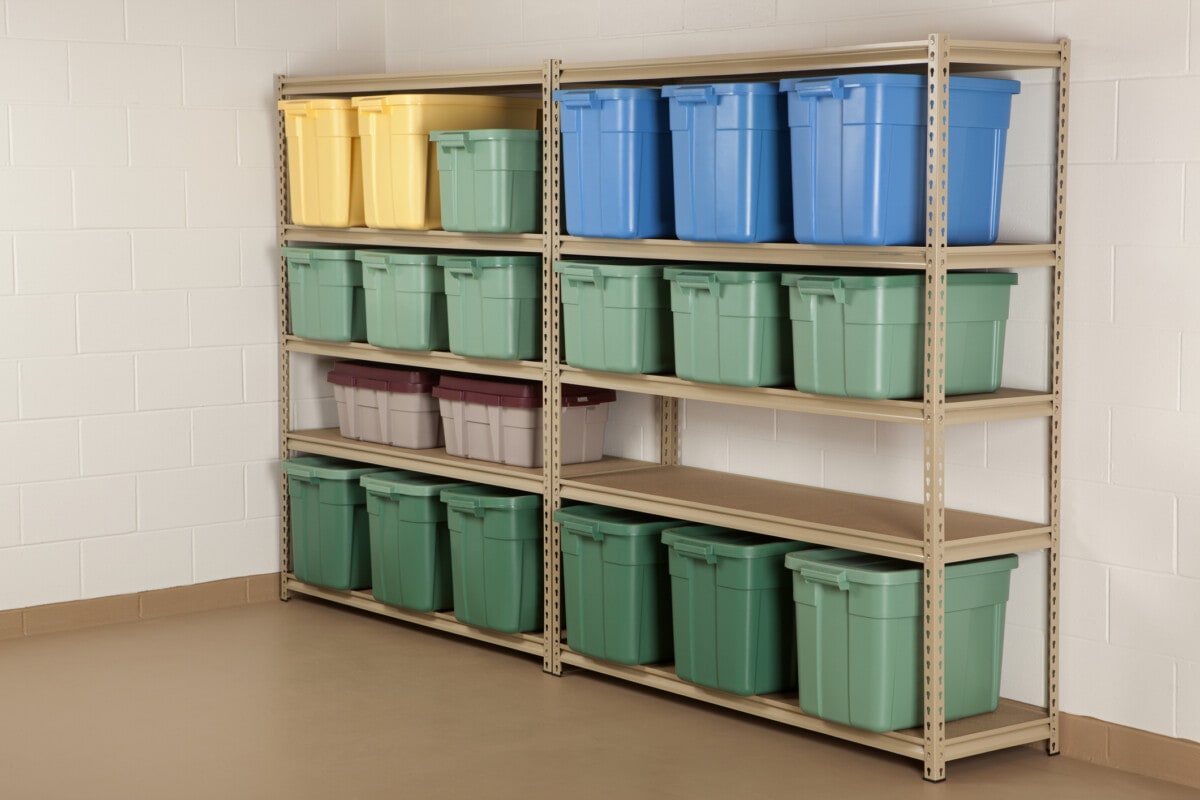
10. Beautifying your space before an organizer arrives
If you’re working with a professional organizer, don’t clean up your clutter before they arrive. “Much like a doctor needs to see the health problem before they can diagnose your condition, an organizer needs to see the clutter, so they can create systems that will work,” says Jenny Morin, owner of Efficient Spaces and author of Get Organized Quick: 15 Minutes a Day to Organize your Life.
11. The one-and-done method
It’s a common misconception that once you organize a space, it will stay that way indefinitely. “Unfortunately, this just isn’t true,” remarks Keli Jakel, owner of Organized by Keli & Co. “Maintaining your organized space is crucial to keep your home organized,” she says. “Forgetting to stay on top of your clutter can quickly lead to another large project down the road.”
A good way to stay organized is to simplify your systems. Leigh Achenbach, owner of Suddenly Simple Organizing, suggests reducing clutter by only keeping items you need, use, and love. “Then, give those items a permanent home that is simple, contained, and easy to access so that putting things back is a breeze,” she suggests.
Not maintaining an organizing system created for you is as unfavorable as not having the system at all. “Both scenarios don’t work for you,” says Lisa Harris, owner of Organize with Lisa. “It’s essential to return items where they belong after using them.”
12. Not investing in a professional organizer
Many people fear investing in a professional organizer. “However, this can lead to projects stalling or never getting started,” warns The Organizational Alchemist Shera Sever, owner of Elegant Organization. “Professional organizers help you create an organizational plan and develop systems, so you can start clearing out unnecessary clutter.”
13. Organizing while in a bad headspace
Never organize when you’re in a bad frame of mind. “This can be after a traumatic event, a big celebration, or right before a family get-together,” notes Julie Coraccio, Chief Possibility Officer of Reawaken Your Brilliance. “It’s also important to choose a good time to declutter,” she says. “If you aren’t a morning person, declutter during another time of day.”
14. Forgetting to address emotions
Before organizing tasks, it’s crucial to acknowledge and address the anxiety that can arise. “Organizing your home can trigger overwhelming feelings, making it challenging to know where to start,” acknowledges Carolyn Amayo, owner of Simplify Life. “Recognize that it’s okay to feel anxious and take small steps to ease into the process,” she suggests. “By gradually building an organized system, you can remove anxiety and experience a sense of accomplishment with each step you complete.”
Emily McDermott, owner of Simple by Emmy, also believes addressing emotion is essential. “Most people don’t realize that clutter negatively impacts physical and emotional health, including stress and sleep,” she says. “By removing clutter, you’re on your way to improving your life in more ways than one.”
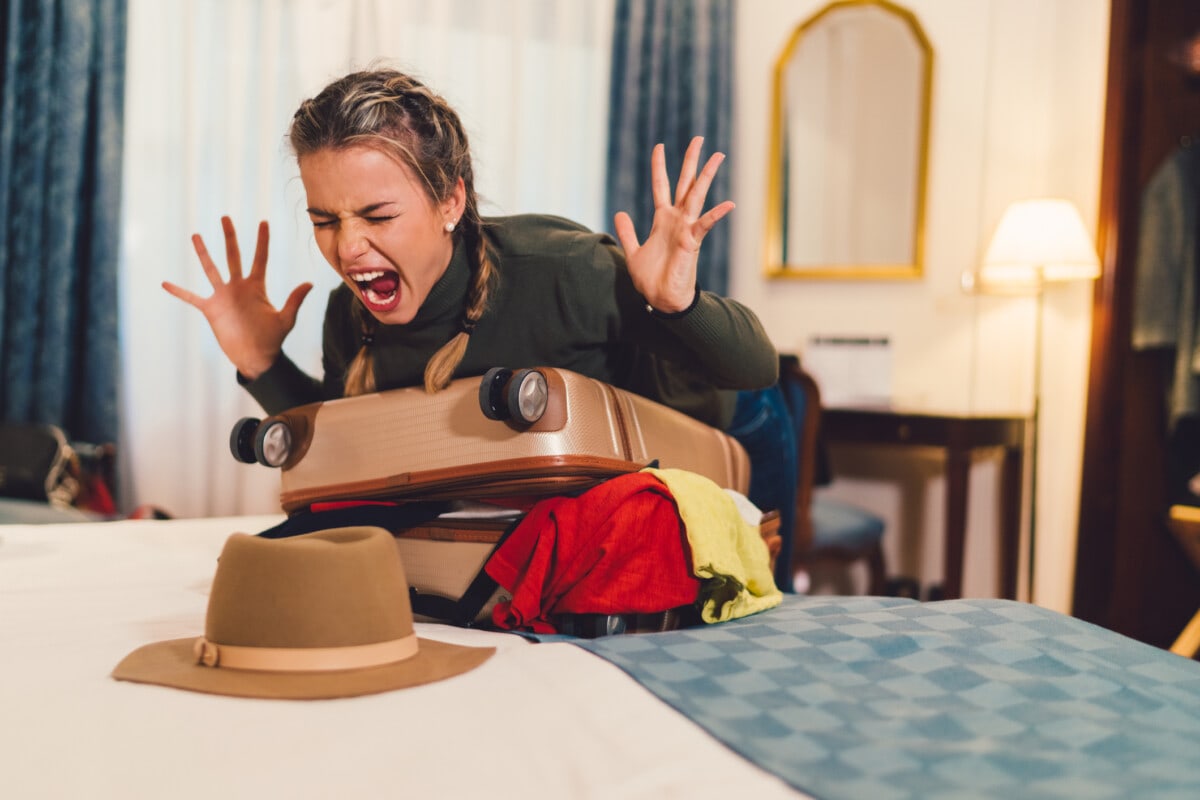
15. Not setting an intention
One common mistake is forgetting to define your ‘why’ behind wanting an organized life. “Decluttering and organizing take work – not just physically, but emotionally and spiritually as well,” comment Alex & Jen, co-owners of The Living Collective. “By understanding your true motivation, you can stay motivated and grounded when the process gets difficult or overwhelming.”
Kate Englebrecht, owner of Home Love Method, provides an example and a few questions to ask yourself. “In your kitchen, do you need a lot of snack storage for the kids, and do they need to be easy to grab?,” she asks. “Are you a chef and want the spices to be where you can easily see all of them? Removing the things you don’t need will make room for what you want.”
16. Decluttering too infrequently or not at all
One of the biggest organizational mistakes is to only declutter once per year. “This isn’t enough,” implores Robert Dekanski, founder and CEO of The Robert Dekanski Team. “Decluttering is essential to home organization, so you must do it consistently.”
Audra George, owner of Pretty Neat, provides another example. “I’d say one of the most common mistakes I see is that the client wants to skip the decluttering and go straight to organizing,” she says. “This is counterproductive and slows the entire organizing process because people end up creating space for things that they later realize they no longer need or use.”
17. Prioritizing style over functionality
Some people only choose what looks the prettiest without taking into account their habits, personalities, and needs. “This makes an organizational system unsustainable,” warns Jennifer Barnes, founder and owner of JB Organizing. “It’s more important that the organization be practical and maintainable, than look perfect at the start and end up a mess.”
“You also don’t need tons of different containers, bins, and baskets for every room,” advises Adeilah Dahlke, owner of Jigsaw Organizing Solutions. “Instead, only keep what you like and use,” she says. “This will cost you less money and will be easier to update or change later.”
18. Not prioritizing children’s belongings
It’s important to create systems that work for your whole family, including kids. “Keep items together in one place and create a labeled bin or drawer that defines the contents of the space,” says Jenny Dietsch, owner and Chief Executive Organizer of Getting it Done Organizing. “We recommend a bin in each child’s closet for necessary equipment and supplies.”
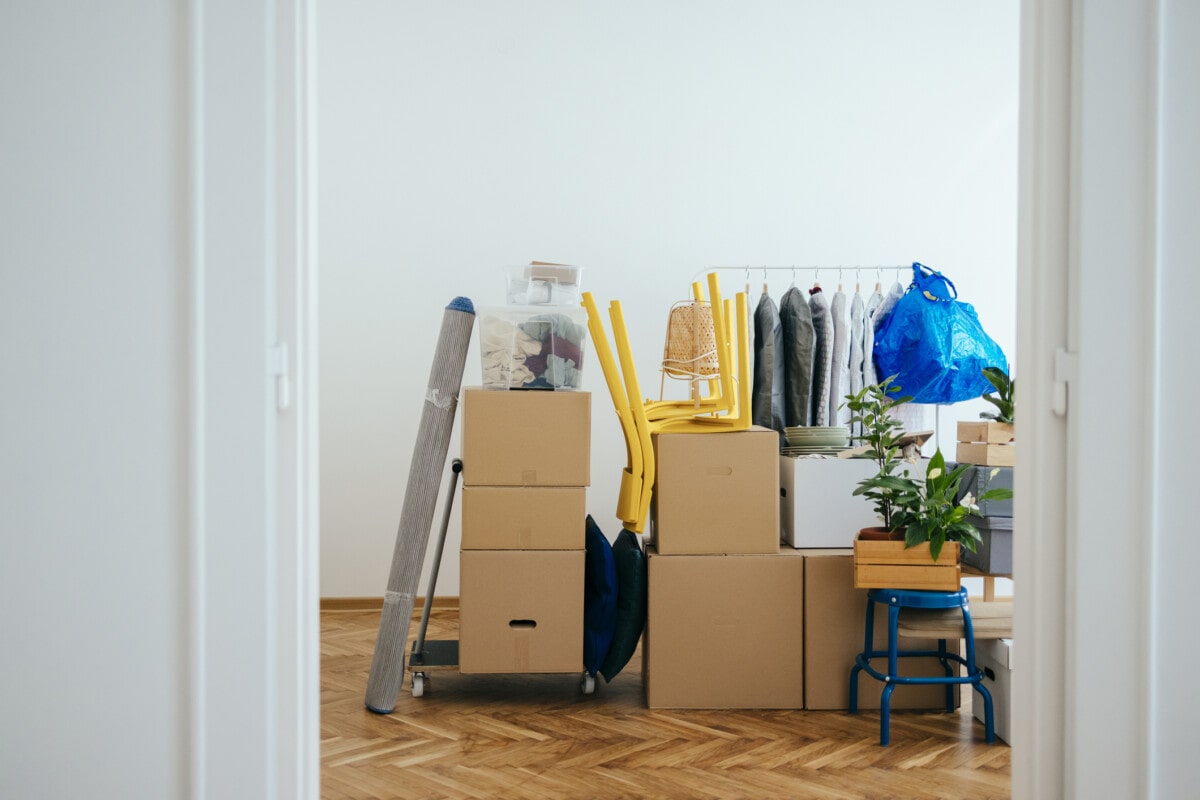
19. Touching your belongings too much
The biggest decluttering mistake most people don’t know they’re making is touching their things before they decide what to do with them. “Touching things often makes people more emotionally attached to them,” comments Emily Rooney, owner of Happy Organized Life. “For the greatest chance at decluttering success, decide what you want to do with an item before you touch it.”
20. Over-categorizing
People usually think they need to be very specific when organizing. For example, buying a bin for every category of item and labeling it. However, this often leads to an unusable and overcomplicated system that people can’t maintain,” notes Melissa Corriveau, owner of Life with Less Mess. “Instead of a bin for staples, one for paper clips, and another for tape, make a bin for office supplies,” she says. “This is especially important in kids’ playrooms.”
Tracy Bowers, owner of Organize Simply, agrees. “Buying a little of this and a little of that because something looks amazing will not lead to success,” she says. “Don’t let organizing containers become more of a problem than a help.”
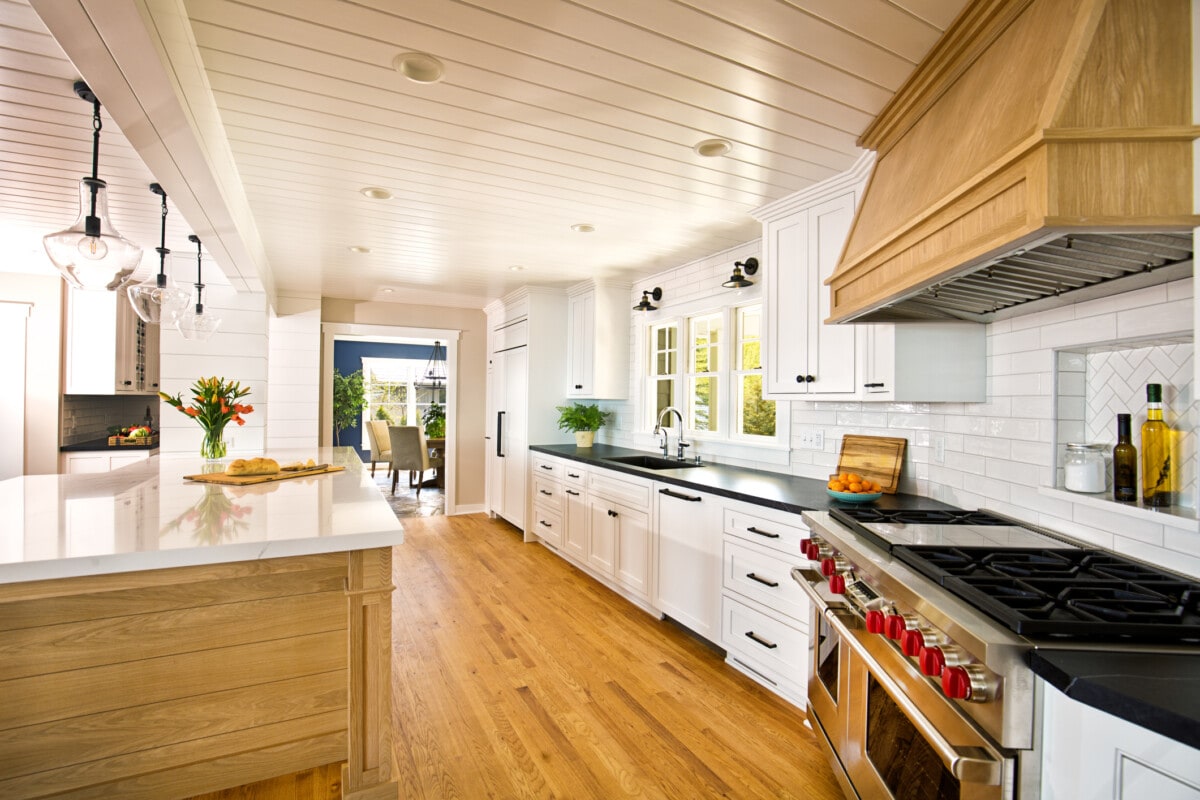
21. Forgetting to celebrate success
Most people forget to step back and appreciate their success while organizing. “Taking a moment to celebrate a job well done can help you get better results and may help incentivize healthy habits,” comments Lisa Jean Dickmann, owner of Tidy Upgrade. “This can be super simple,” she says. “For example, after you make your bed or put things away, step back and congratulate yourself on keeping your room organized.”
22. Not labeling
One often overlooked home organizing mistake is underestimating the power of labeling. “Neglecting to label items or storage containers can lead to confusion and wasted time searching for things,” says Victoria Tran, founder of Sorted Professional Organizing. “By labeling everything clearly, you can save yourself the hassle and frustration of rummaging through boxes or cabinets.”
23. Asking the wrong questions
When creating homes for items you want to keep, most people ask themselves – Where should I put this? “This is the wrong question,” warns Adriane Weinberg, owner of An Organized Approach. “The correct question is, ‘Where would I look to find this?’ Being organized means being able to find what you need when you need it.”
24. Giving up if something doesn’t work
A common issue is when people give up too quickly when a space needs a reset. “For example, you declutter and organize your pantry but find that after a couple of months, your system doesn’t work,” says Carly Adams, owner of Tidy Revival. “This can be demoralizing,” she says. “Understand that the goal isn’t to have a perfect space all the time; it’s to have systems that are simple to reset as needed.
25. Thinking rigidly
It’s easy to assume that you need a certain tool for a specific task. “However, using out-of-the-box thinking can be a real winner for your spaces,” says Rachel Murphy, owner of Simplify My Life. “A great example is using turn-tables in the fridge,” she suggests. “They allow you to use all your space and reach and return everything with ease.”
Natalie T, owner of Get It Together, agrees that thinking outside of the box is important. “If you don’t have a lot of floor space, consider how you can utilize walls or door space for storage needs,” she suggests. “No matter what you do, trust the process and create a system that works for you.”
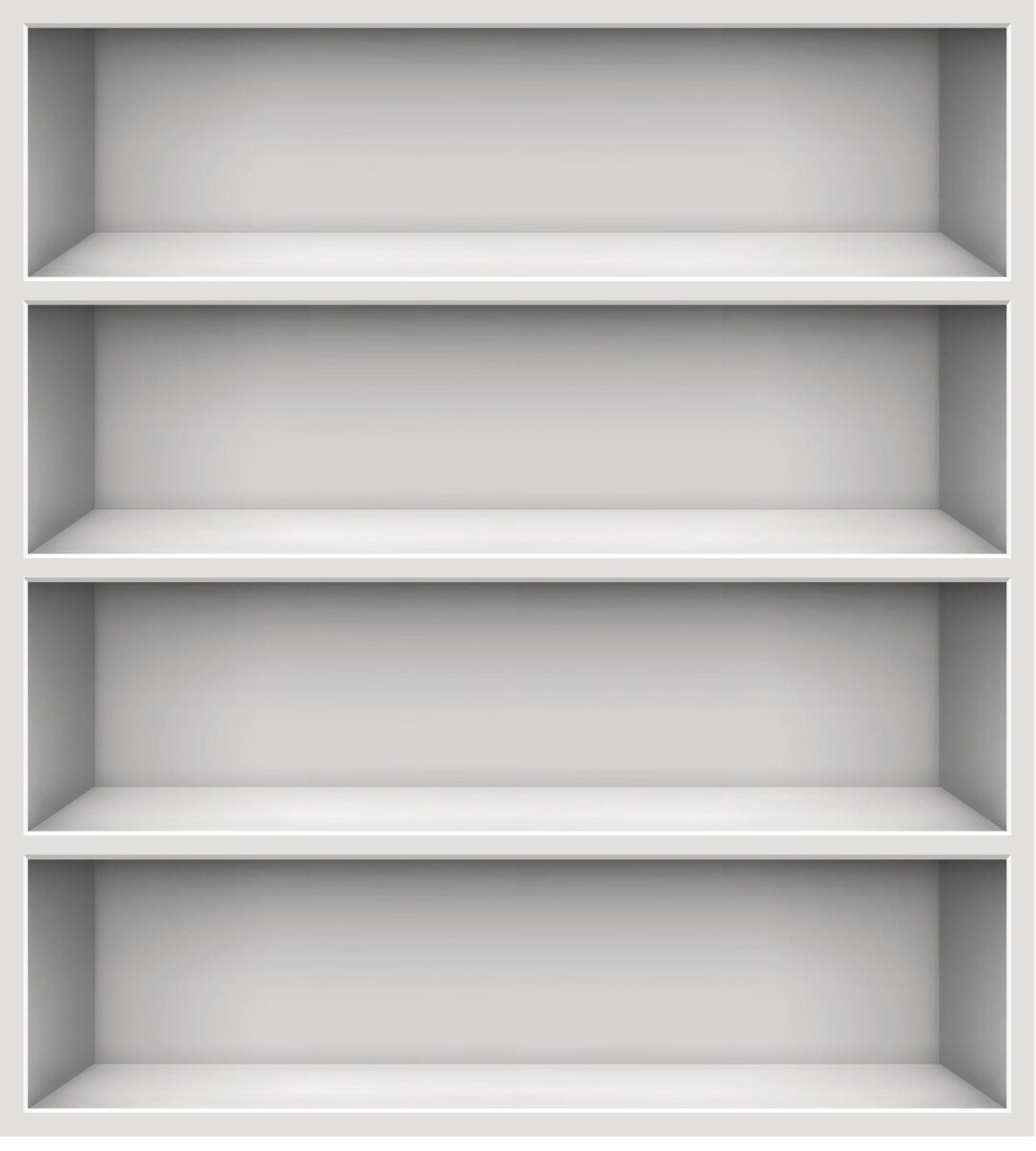
26. Investing in deep shelving
Many people think deep shelves are great for storage. “They aren’t,” admits Sara Losonci, founder of Shelfie. “More often than not, people end up losing items in the depths of the shelving,” she says. “Instead, use a lazy susan.”
27. Forgetting to donate items
Donating items is often the last step of an organizing project, so it’s easy to forget. However, this often leads to clutter building up in a car or the back of a closet. “By not donating items immediately, it’s easy to forget about them or even be tempted to keep them,” says Angela Mai, owner of Organized Calm. “Donate items as soon as possible to keep your home clean.”
The post Organizing Mistakes: 27 Slip-Ups to Avoid During Your Next Project appeared first on Redfin | Real Estate Tips for Home Buying, Selling & More.
